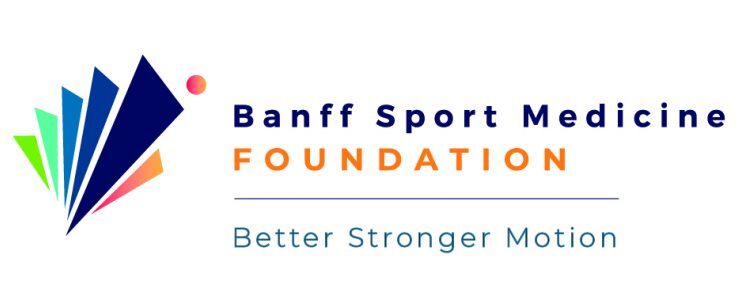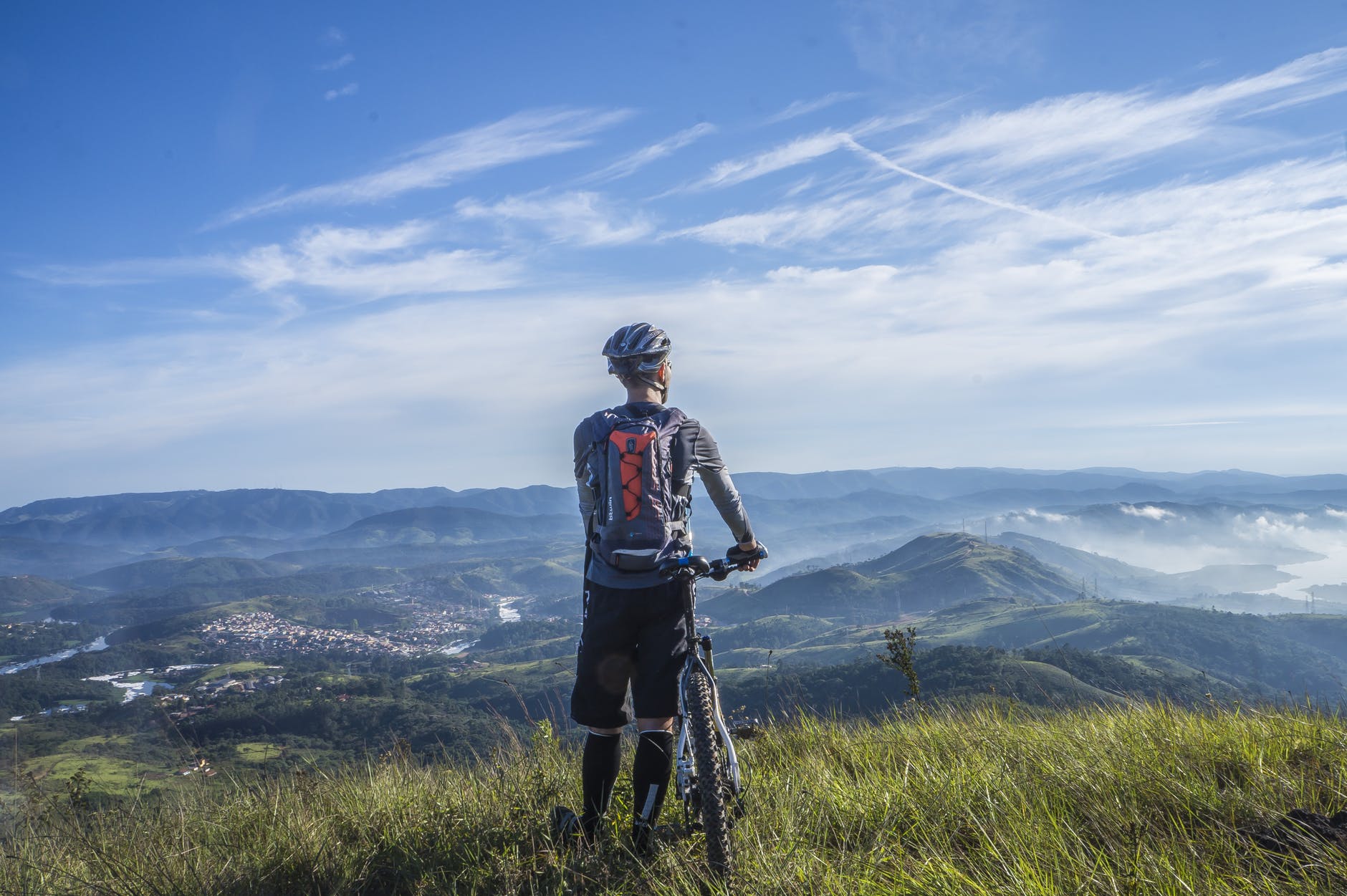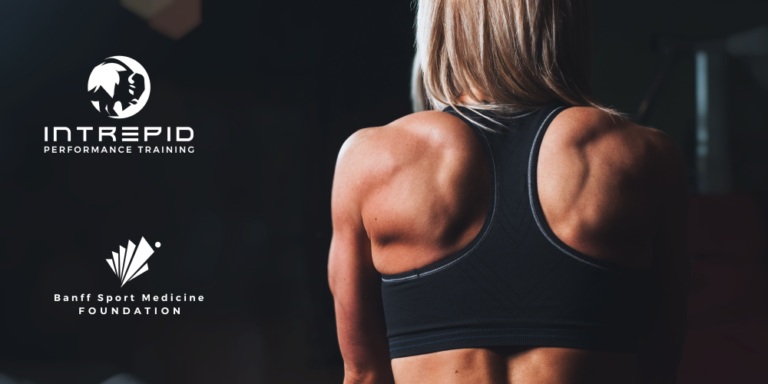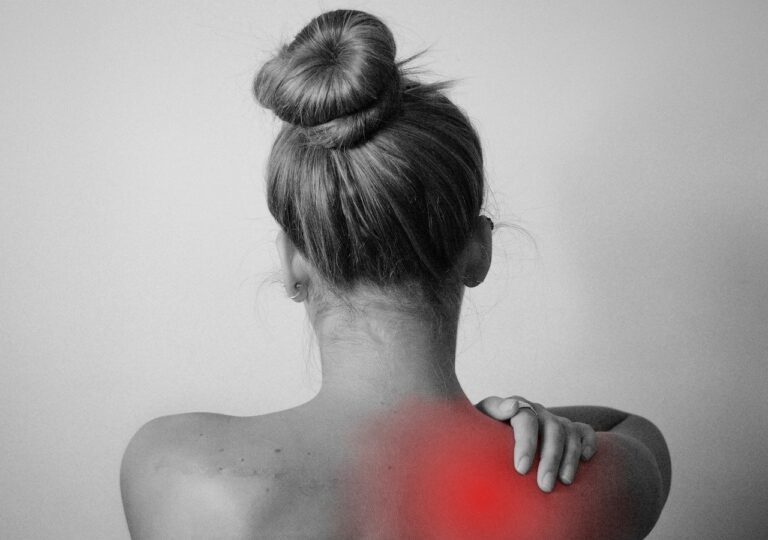The Key Players in Shoulder Mobility & Function
The shoulder is one of the largest joints of the body that also has the greatest range of motion.
The shoulder can:
- abduct – allowing us to lift our arms out to the side
- adduct – allowing us to lower our arms back to our side
- rotate
- extend
- flex
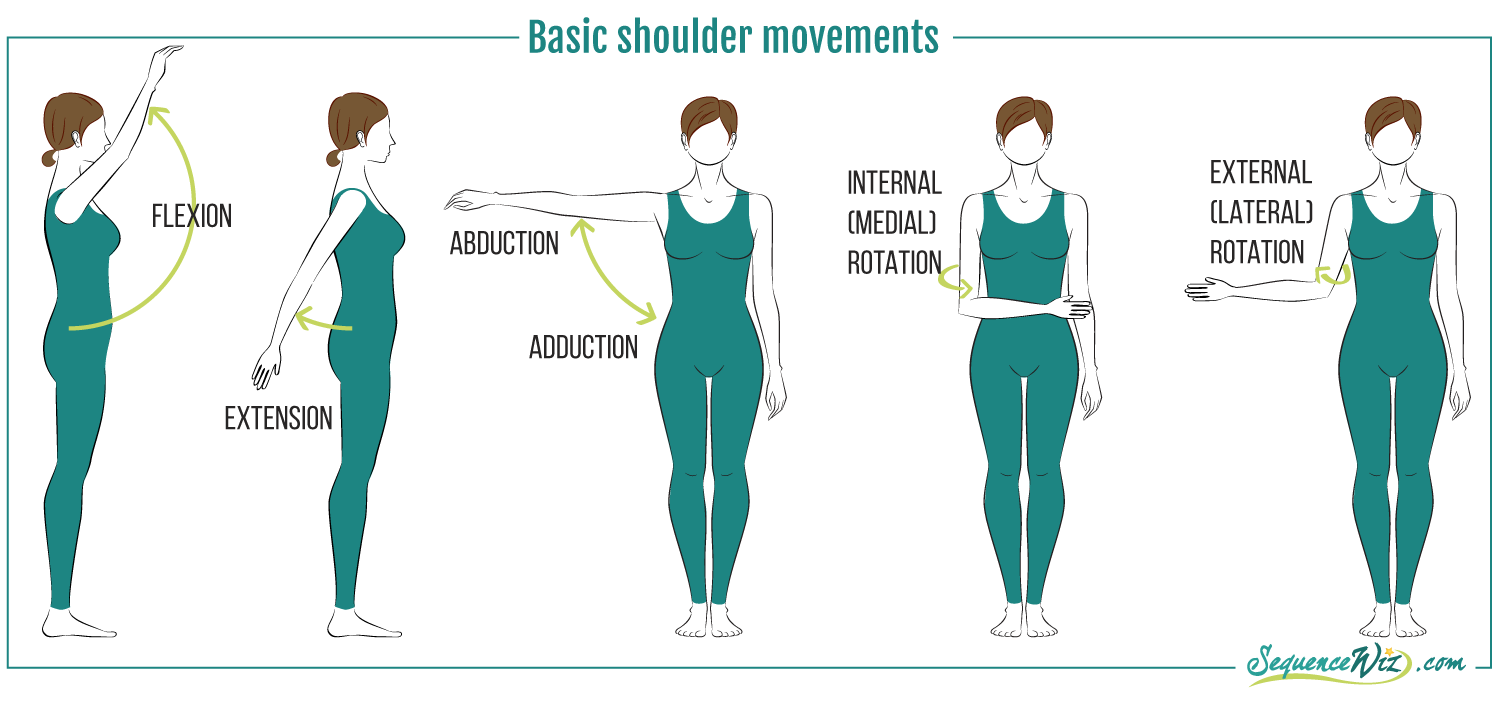
This tremendous range of motion also makes the shoulder extremely unstable, and more prone to dislocation and injury than other joint.
What are some of the key players involved in shoulder mobility and function?
In this short snippet from “Are Your Shoulders Performing At Their Peak?“, Jake Watson, Certified Exercise Physiologist, describes some of the key anatomical players needed for shoulder mobility and function.
Shoulder Joints
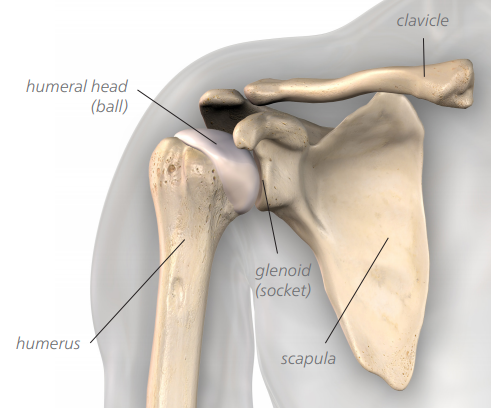
The shoulder is made of up three main bones:
- upper arm bone – humerus
- shoulder blade – scapula
- collar bone – clavicle
The shoulder is known as a “ball and socket” joint where the ball of your upper arm (the humeral head), fits into the shallow socket of your shoulder blade (the glenoid socket).
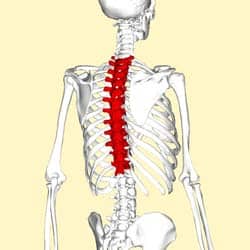
Thoracic Spine
The thoracic spine is simply the section of your spine in your mid-section that starts at the base of your neck and ends at the bottom of your ribs.
Your ability to extend your thoracic spine can improve how high you can raise your arms in front of your body as well as help in overhead movements of the shoulder.
Rotator Cuff

The rotator cuff is a group of muscles and tendons that hold your shoulder joint in place.
During arm movements, the rotator cuff muscles contract and prevent the head of the humerus (the “ball”) from sliding. This allows your shoulder to move in its full range of motion, while remaining stable.
The rotator cuff muscles also help with abduction and rotation.
Scapulohumeral rhythm / glenohumeral rhythm
The scapulohumeral rhythm (as known as the glenohumeral rhythm) describes the interaction between the scapula and humerus during movement.
This correct functioning of this interaction is important for optimal shoulder function.
Serratus Anterior
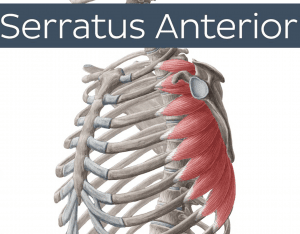
The serratus anterior is a fan-shaped muscle that provides stabilization to the scapular and keeps your shoulder blades against your rib cage.
This muscle also works with the trapezius muscle to allow overhead movement.
How well are these muscles and joints working? Learn how to assess your shoulder performance here.
WATCH the full 1 hour presentation on Shoulder Performance
Expert Contributor

Jake Watson, Exercise Physiologist, Owner of Intrepid Performance Training, and kinesiologist at Banff Sport Medicine
